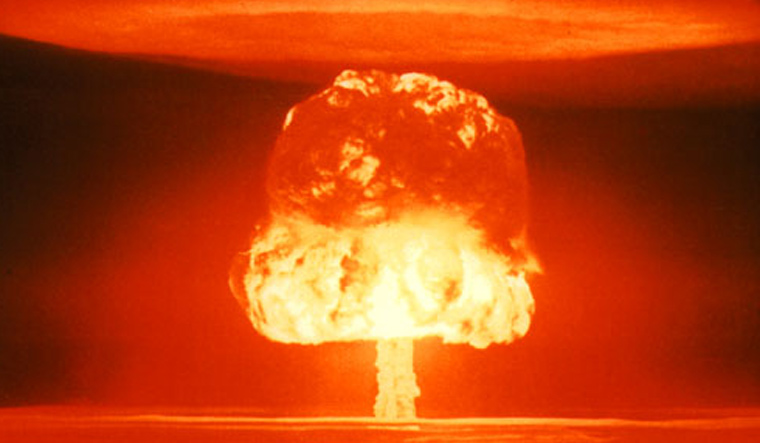SOURCE: IDRW.ORG TEAM

Russia’s parliament has initiated the voting process on withdrawing Moscow’s ratification of the Comprehensive Nuclear Test Ban Treaty (CTBT), raising concerns about the future of nuclear disarmament efforts worldwide. The CTBT, established in 1996, prohibits any nuclear weapon test explosion or any other nuclear explosion across the globe. Of the nine nations recognized as possessing nuclear weapons, their stances on the treaty vary.
The Comprehensive Nuclear Test Ban Treaty, a crucial international agreement, aims to prevent nuclear weapon tests and promote disarmament. It has garnered support from several nations, including those with significant nuclear capabilities, and has played a pivotal role in maintaining global peace and security.
Signatories and Ratifications:
- Britain, France, and Russia have both signed and ratified the treaty.
- The United States, Israel, and China have signed but not yet ratified it.
- India, Pakistan, and North Korea have neither signed nor ratified the CTBT.
Russia’s decision to potentially withdraw from the CTBT has raised concerns over the implications this move could have on global security. If Russia decides to restart nuclear testing, it may encourage other nuclear-armed nations to follow suit. Sher Ali Kakar, a Research Fellow in the Balochistan Think Tank Network at BUITEMS Quetta, has suggested that the United States could respond with its nuclear tests, and India may test its thermonuclear weapons.
Kakar refers to a chorus of Indian analysts who have argued in favor of testing thermonuclear weapons. He points out that India’s nuclear tests in May 1998 marked its entry into the club of nuclear-armed nations, including those with thermonuclear capabilities. India, often measuring its strategic deterrent against China’s arsenal, may seek to acquire a thermonuclear capability, thus potentially initiating a new arms race in South Asia.
Thermonuclear weapons, also known as hydrogen bombs, are significantly more powerful than nuclear bombs that rely solely on nuclear fission. These weapons derive their explosive energy from the combined power of nuclear fission and fusion. An initial fission reaction generates the high temperatures necessary to trigger a secondary, far more powerful fusion reaction.
In historical terms, the first U.S. thermonuclear weapon had a yield of approximately 10 megatons, which is equivalent to 10,000 kilotons. The destructive power of such weapons is immense, underscoring the urgency of international efforts to limit their proliferation.
NOTE : Article cannot be reproduced without written permission of idrw.org in any form even for YouTube Videos to avoid Copy right strikes. Websites doing illegal reproductions will get DCMA and Legal Notices.